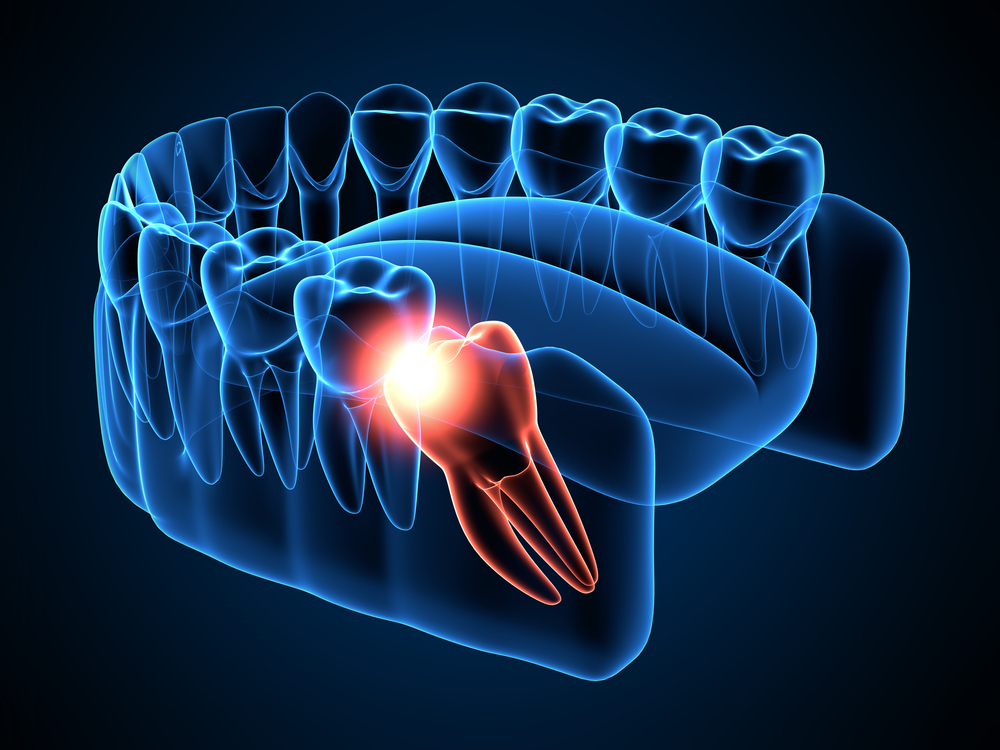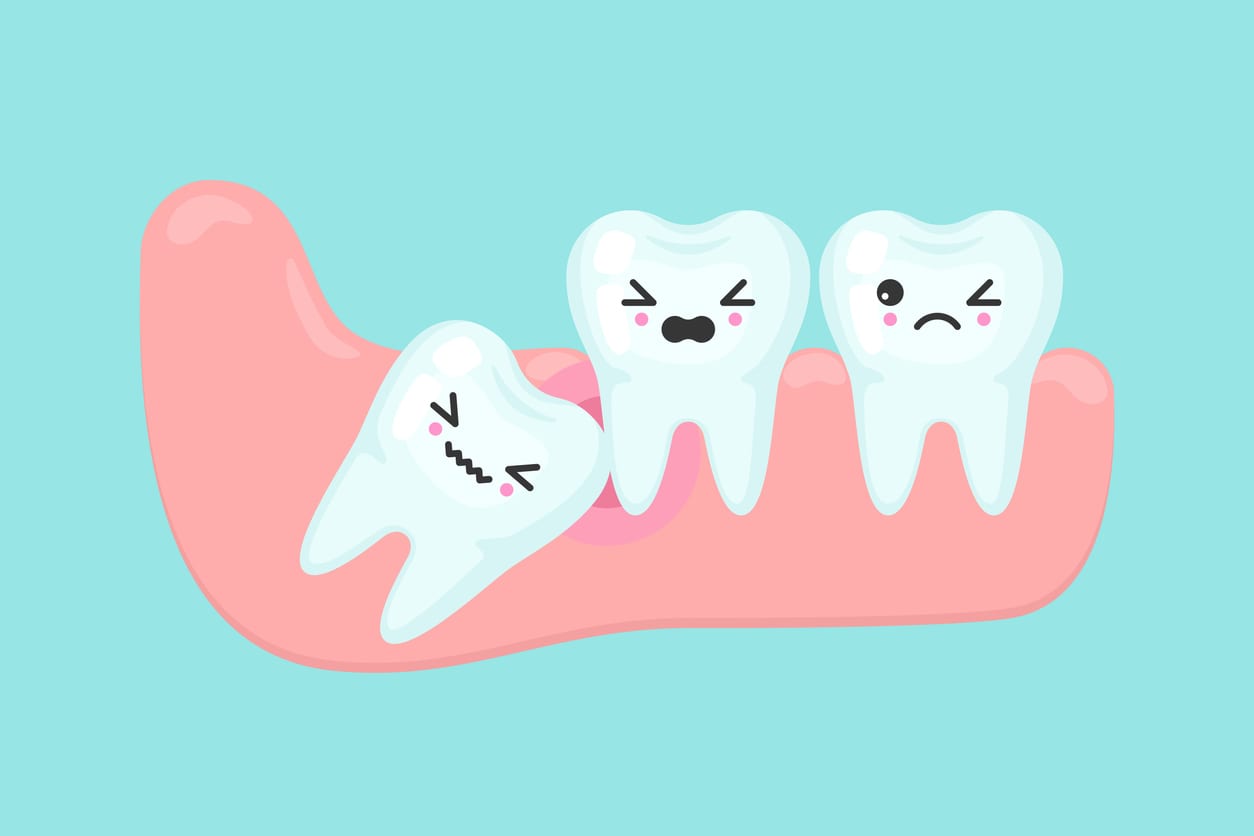Aftercare Instructions For Wisdom Teeth Removal
Wisdom teeth removal is a common dental procedure that many individuals undergo to address issues such as impaction, overcrowding, or pain caused by the eruption of these third molars. While the extraction itself is a routine outpatient surgery, proper aftercare is crucial to ensure a smooth and speedy recovery. This period demands careful attention to minimize discomfort, reduce the risk of complications, and promote optimal healing. From managing swelling and pain to maintaining proper oral hygiene, a comprehensive aftercare routine is essential to facilitate the body's natural healing processes and help individuals resume their normal activities with minimal disruption. In this guide, we will explore key aspects of wisdom teeth removal aftercare, providing valuable insights and tips to navigate the post-surgery phase successfully.
Managing Pain
Managing pain and swelling after wisdom teeth removal is crucial for a comfortable and smooth recovery. Immediately following the surgery, your oral surgeon or dentist will likely prescribe pain medication or recommend over-the-counter options. It’s essential to follow the prescribed dosage and timing to maintain a consistent level of pain relief. If over-the-counter medications are suggested, non-steroidal anti-inflammatory drugs (NSAIDs) such as ibuprofen can effectively alleviate both pain and swelling. However, it’s important to consult with your healthcare provider before taking any medications to ensure they are suitable for you, considering your medical history and any potential interactions.
In addition to medication, applying ice packs to the affected areas can help reduce swelling and numb the sensation of pain. Use a cold compress for 15-20 minutes at a time with breaks in between to prevent frostbite. Be sure to wrap the ice pack in a thin cloth to avoid direct contact with the skin. This can be especially beneficial during the first 24-48 hours after the procedure. Another effective way to manage swelling is to keep your head elevated, even while sleeping. Using an extra pillow to prop yourself up can help reduce blood flow to the surgical sites, minimizing swelling and discomfort.
Maintaining a soft and cool diet in the initial days after surgery can also contribute to pain management. Opt for smoothies, yogurt, mashed potatoes, and other soft foods that don’t require much chewing. Avoid hot and spicy foods, as well as anything with small, sharp particles that could potentially irritate the surgical sites. Proper nutrition plays a role in the healing process, so stay hydrated and focus on nourishing foods that won’t compromise the recovery of your gums. Remember, if the pain or swelling persists or worsens, it’s crucial to contact your dentist or oral surgeon promptly for further guidance.
Dietary Guidelines
What are the recommended dietary guidelines during the initial recovery period?
During the initial recovery period after wisdom teeth removal, it’s crucial to follow dietary guidelines that promote healing and minimize the risk of complications. Here are some recommended dietary guidelines:
- Soft and Gentle Foods: Stick to a diet of soft, easily chewable foods to avoid putting unnecessary stress on the surgical sites. Examples include mashed potatoes, yogurt, pudding, smoothies, and soup. These foods are less likely to cause irritation or disturb the healing process.
- Avoid Hard and Crunchy Foods: Steer clear of hard, crunchy, or sticky foods that could potentially disrupt the extraction sites. Foods like nuts, seeds, popcorn, and sticky candies should be avoided to prevent any damage or irritation to the healing gums.
- Cool or Room Temperature Foods: Opt for foods and beverages that are cool or at room temperature. Avoid extremely hot or spicy foods, as they can cause discomfort and may not be ideal for the initial healing phase.
- Hydration is Key: Stay well-hydrated by drinking plenty of water. Proper hydration supports overall health and aids in the recovery process. However, avoid using straws during the initial days, as the sucking motion can dislodge blood clots and impede healing.
- Protein-rich Foods: Include protein-rich foods in your diet to support tissue repair. Soft-cooked eggs, mild cheeses, yogurt, and well-cooked, finely shredded meats can be good sources of protein without causing unnecessary strain.
- Avoid Alcohol and Tobacco: Refrain from consuming alcohol and avoid tobacco products during the recovery period. Both can hinder the healing process, increase the risk of complications, and may interact negatively with prescribed medications.
- Gradual Introduction of Solid Foods: As your healing progresses, gradually reintroduce solid foods into your diet. Start with softer variations and advance to your regular diet as your comfort level allows. Be attentive to any signs of discomfort or irritation.
- Follow Specific Instructions: Always follow the specific post-operative instructions provided by your oral surgeon or dentist. These may include dietary restrictions, medication schedules, and other personalized recommendations based on your individual case.
If you have any concerns or questions about your diet during the recovery period, don’t hesitate to contact your healthcare provider for guidance tailored to your situation.

When is it safe to resume regular brushing and flossing after wisdom teeth extraction?
After wisdom teeth extraction, it is crucial to give the surgical sites proper time to heal before resuming regular brushing and flossing. Typically, dentists advise patients to wait at least 24 hours before attempting any oral hygiene practices. When you do start brushing your teeth again, it’s essential to be gentle and careful around the extraction sites. Use a soft-bristled toothbrush and avoid brushing directly on the surgical areas to prevent irritation or disruption of blood clots. Additionally, it’s advisable to avoid vigorous rinsing or using strong mouthwashes in the initial days, as these actions may also interfere with the healing process. Always follow the specific post-operative instructions provided by your oral surgeon or dentist, and consult them if you have any concerns about when it’s safe to resume your regular oral hygiene routine.
Can I use mouthwash during the recovery period, and if yes, are there any specific types recommended?
Using mouthwash during the recovery period after wisdom teeth extraction is generally permitted, but it’s essential to choose the right type and use it cautiously. It’s advisable to wait at least 24 hours after the surgery before incorporating mouthwash into your oral hygiene routine. When you do start using mouthwash, opt for a mild, alcohol-free, or prescribed antimicrobial rinse recommended by your oral surgeon or dentist. Alcohol-free mouthwash is gentler on the healing tissues and less likely to cause irritation. Additionally, avoid vigorous swishing or gargling, as this may disrupt blood clots and hinder the initial stages of healing. Follow the specific recommendations provided by your dental professional, and if you have any concerns or experience increased discomfort, it’s crucial to consult with them for personalized advice on the appropriate use of mouthwash during your recovery period.

Complications To Be Aware Of
What signs of complications should I be aware of, and when should I contact my dentist or oral surgeon?
While wisdom teeth removal is a common and generally safe procedure, it’s crucial to be vigilant for signs of complications during the recovery period. If you experience any of the following issues, it’s advisable to contact your dentist or oral surgeon promptly:
- Excessive Bleeding: Some bleeding is normal immediately after the surgery, but if bleeding persists or becomes excessive, it could indicate a problem. Bite on the gauze provided by your oral surgeon and follow their instructions. If bleeding continues, contact your dental professional.
- Severe Pain or Swelling: While some discomfort and swelling are expected after the surgery, severe or worsening pain or swelling may indicate an issue. This could include infection or inadequate healing. Contact your dentist if the pain or swelling doesn’t improve or if it intensifies over time.
- Fever: A persistent fever could be a sign of infection. If you develop a fever after the surgery, especially if it’s accompanied by other symptoms like increasing pain or swelling, contact your oral surgeon or dentist promptly.
- Persistent Nausea or Vomiting: If you experience persistent nausea or vomiting, it could be a reaction to medication or a sign of other complications. Inform your healthcare provider if this occurs.
- Difficulty Breathing or Swallowing: While rare, difficulty breathing or swallowing could be a sign of a more serious complication. Seek immediate medical attention if you experience any respiratory or swallowing difficulties.
- Prolonged or Increased Numbness: It’s common to experience temporary numbness around the surgical sites, but if numbness persists or increases over time, it could indicate nerve damage. Contact your dentist to discuss your symptoms.
- Unpleasant Odor or Taste: An unpleasant odor or taste could be a sign of infection. If you notice any unusual smells or tastes around the surgical sites, contact your oral surgeon for evaluation.
Always follow the post-operative instructions provided by your dental professional, and if you have any concerns or notice unexpected changes during the recovery period, don’t hesitate to reach out to your dentist or oral surgeon for guidance and evaluation. Early intervention can help address potential complications and ensure a smoother recovery process.
